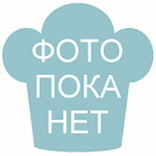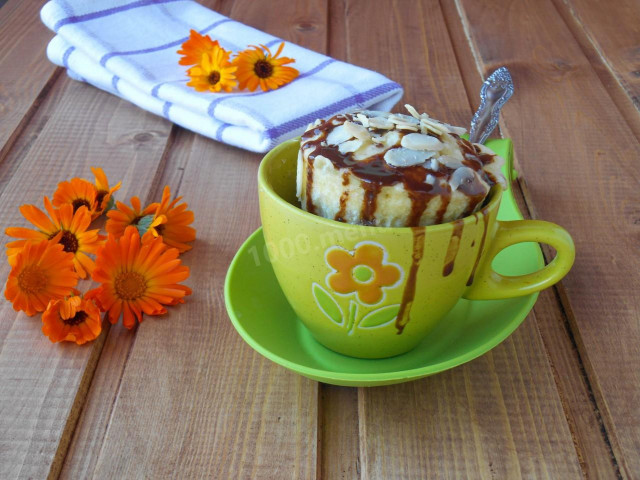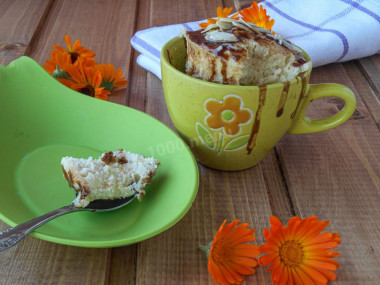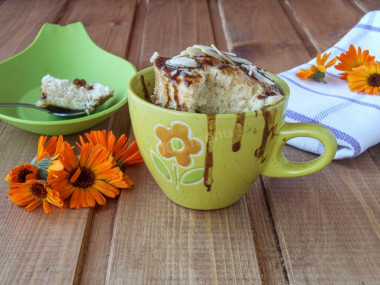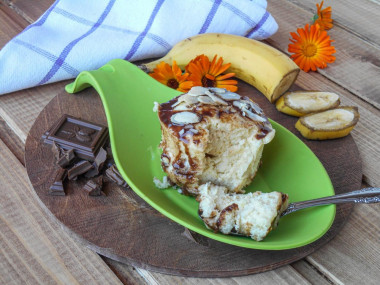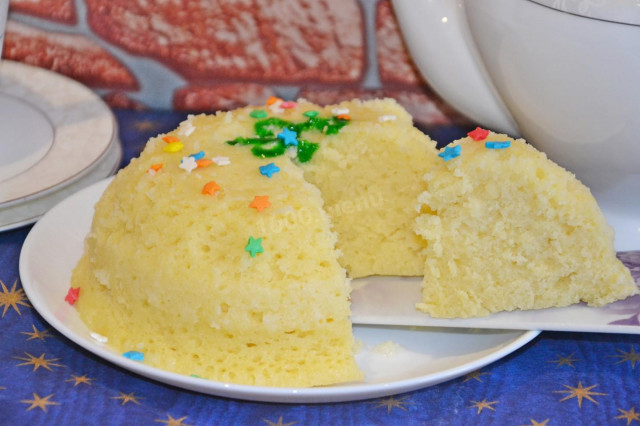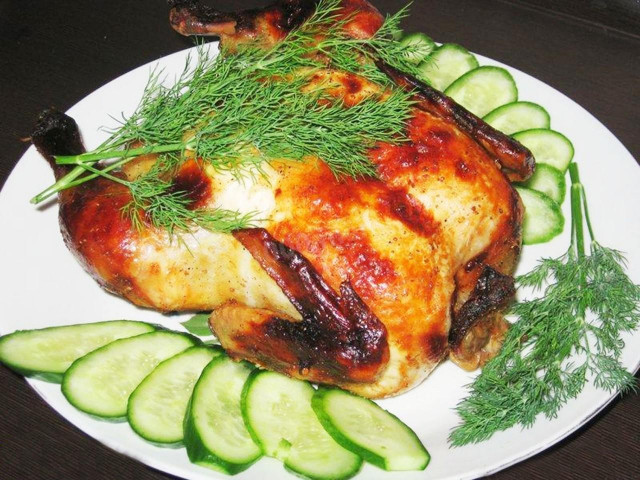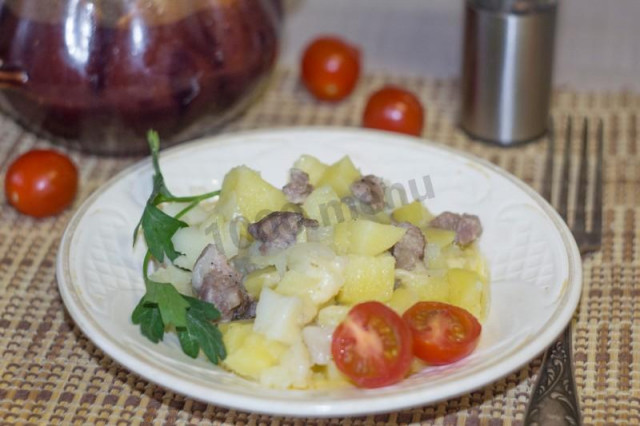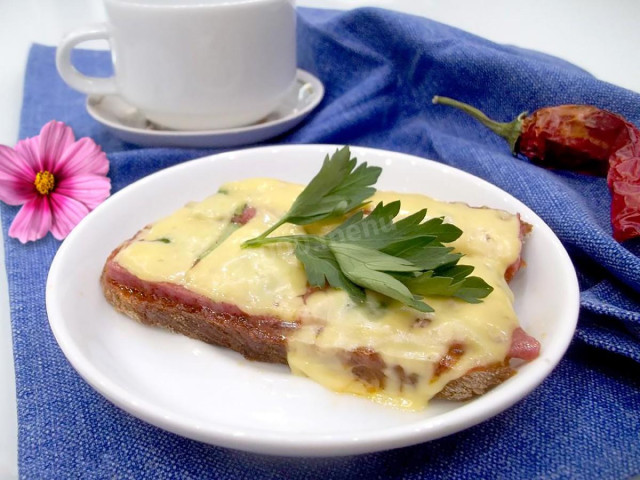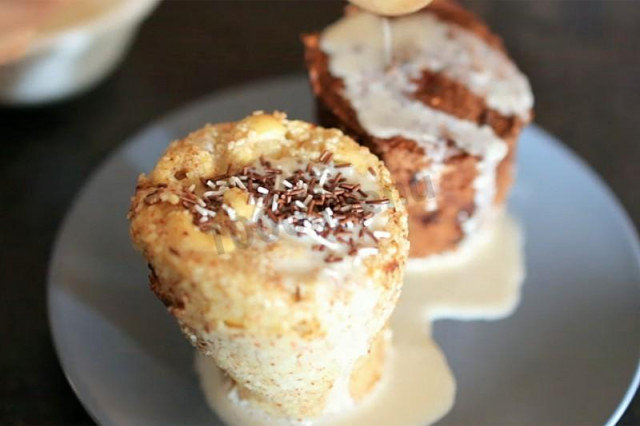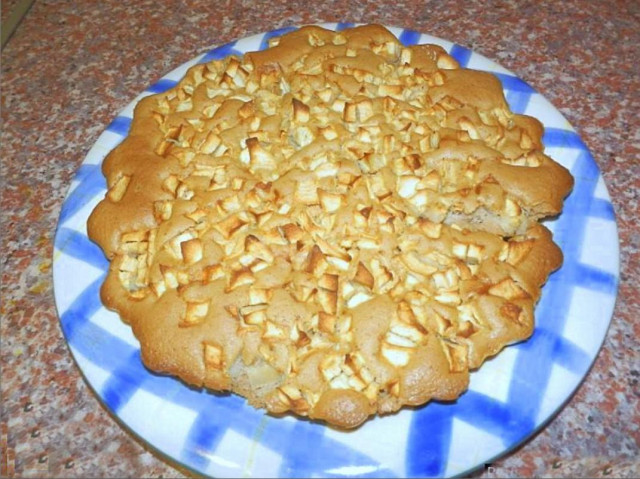Composition / ingredients
Step-by-step cooking
Step 1:
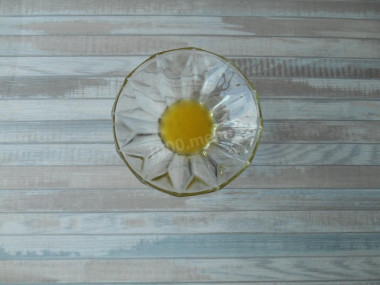
How to make a banana cupcake in the microwave? Prepare the ingredients. Take the dishes for the microwave oven, put the butter cut into pieces in it. I advise you to cover it with parchment paper so that when oil is sprayed, it does not stain the microwave. Place the dishes in the microwave, and heat for 30 seconds at minimum power. Wait 20 seconds and repeat the procedure. This is necessary in order to melt the butter evenly.
Step 2:
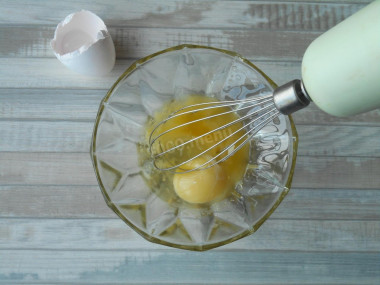
Let the butter cool down a little, as eggs may boil in hot oil. Add sugar and egg to the melted butter and whisk with a whisk.
Step 3:
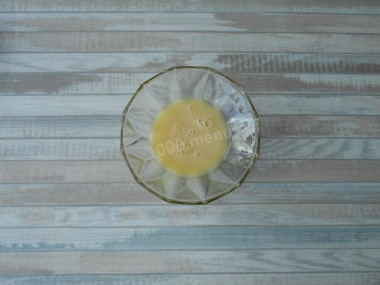
That's such a light foam turned out.
Step 4:
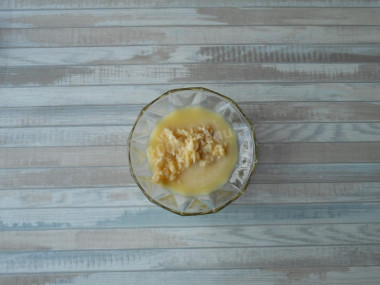
Add a mashed banana with a fork. I recommend choosing a banana of maximum ripeness to make it easier to knead it.
Step 5:
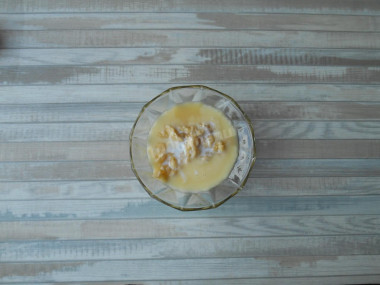
Pour in the milk.
Step 6:
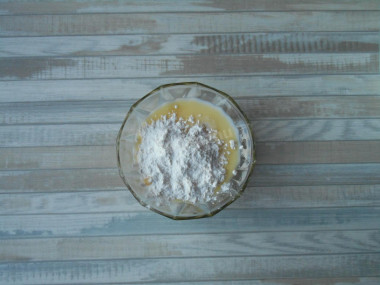
Stir in the flour and baking powder. Pre-sift the flour to saturate it with oxygen.
Step 7:
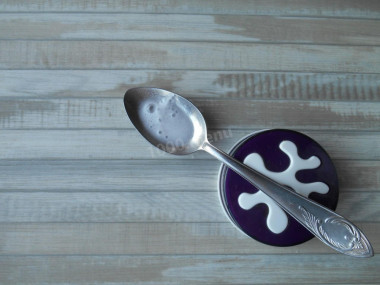
Baking powder can be replaced with soda slaked with vinegar. To do this, pour 1/4 teaspoon of soda and 1 teaspoon of vinegar (9%) into a tablespoon. The soda will begin to sizzle, which means that the process of quenching it is taking place.
Step 8:
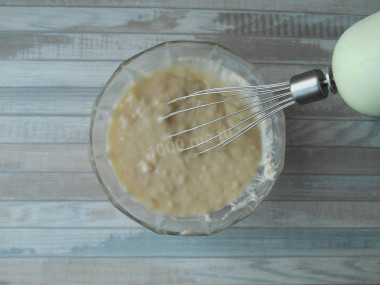
Mix the dough thoroughly. It should not be too thick.
Step 9:
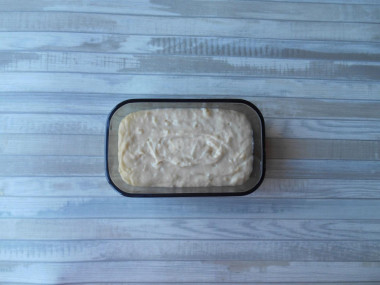
Prepare the dishes in which you will bake the cupcake. Pour the finished dough into it. Place the dishes with the dough in the microwave. At 850 watts, cook for 3 minutes. The cooking time depends on the power and model of the microwave oven, take into account the features of your particular one.
Step 10:
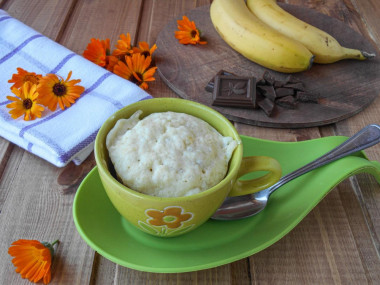
Serve hot.
Banana cupcake goes well with jam, honey, fresh berries, melted chocolate. It goes well with hot tea or cold milk. Both adults and children will like it.
Bon appetit!
I cooked according to this recipe for the first time, and the cupcake seemed very sweet to me. Next time I will reduce the amount of sugar to a teaspoon.
I liked the recipe for its simplicity. When there is no time and desire to cook, and I really want to bake.
Baked goods cooked in the microwave are always will differ in taste and structure of the dough from the one that was made in the oven or slow cooker. It doesn't mean she's bad/good - she's just OTHER . The crumb of a cupcake, pie, casserole and so on will be unusual and it is quite possible that you will not like it. If you have doubts about the taste of dough dishes in the microwave, it is better not to cook them!
Keep in mind that microwaves do not work the same way. The cooking time and recommended power may differ from those stated in the recipe. Read the instructions for your device and take into account the features of your equipment.
Be prepared for the fact that you may need more or less flour than indicated in the recipe. Focus not on the amount of flour, but on the desired consistency of the dough. To avoid mistakes, read about flour and its properties!
Caloric content of products possible in the composition of the dish
- Whole cow's milk - 68 kcal/100g
- Milk 3.5% fat content - 64 kcal/100g
- Milk 3.2% fat content - 60 kcal/100g
- Milk 1.5% fat content - 47 kcal/100g
- Concentrated milk 7.5% fat content - 140 kcal/100g
- Milk 2.5% fat content - 54 kcal/100g
- Chicken egg - 157 kcal/100g
- Egg white - 45 kcal/100g
- Egg powder - 542 kcal/100g
- Egg yolk - 352 kcal/100g
- Ostrich egg - 118 kcal/100g
- Bananas - 89 kcal/100g
- Whole durum wheat flour fortified - 333 kcal/100g
- Whole durum wheat flour universal - 364 kcal/100g
- Flour krupchatka - 348 kcal/100g
- Flour - 325 kcal/100g
- Granulated sugar - 398 kcal/100g
- Sugar - 398 kcal/100g
- Butter 82% - 734 kcal/100g
- Amateur unsalted butter - 709 kcal/100g
- Unsalted peasant butter - 661 kcal/100g
- Peasant salted butter - 652 kcal/100g
- Melted butter - 869 kcal/100g
- Baking powder - 79 kcal/100g
